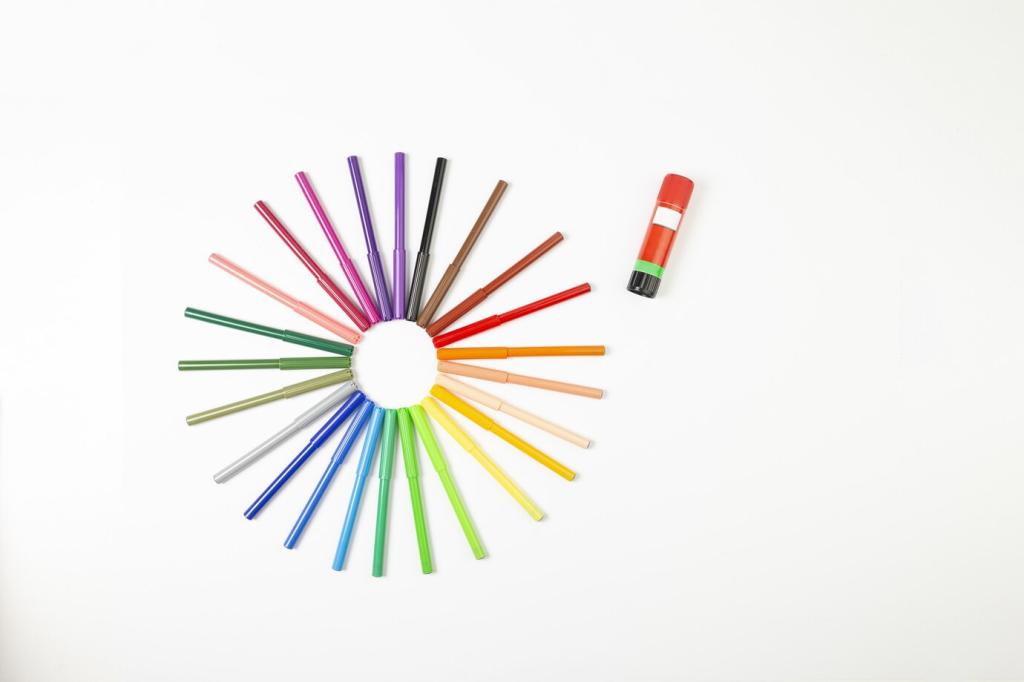A Real-Home Neutral Transformation
We replaced bright teal walls with a soft greige, introduced a flax linen sofa, and anchored everything with a heathered wool rug. A single espresso side table grounded the palette, while sheer curtains softened afternoon sun beautifully.
A Real-Home Neutral Transformation
We gathered paint chips, fabric swatches, wood samples, and a printed photo of their art. Seeing undertones together prevented missteps. Try this at home, then post your board in the comments for feedback from our neutral-loving community.







